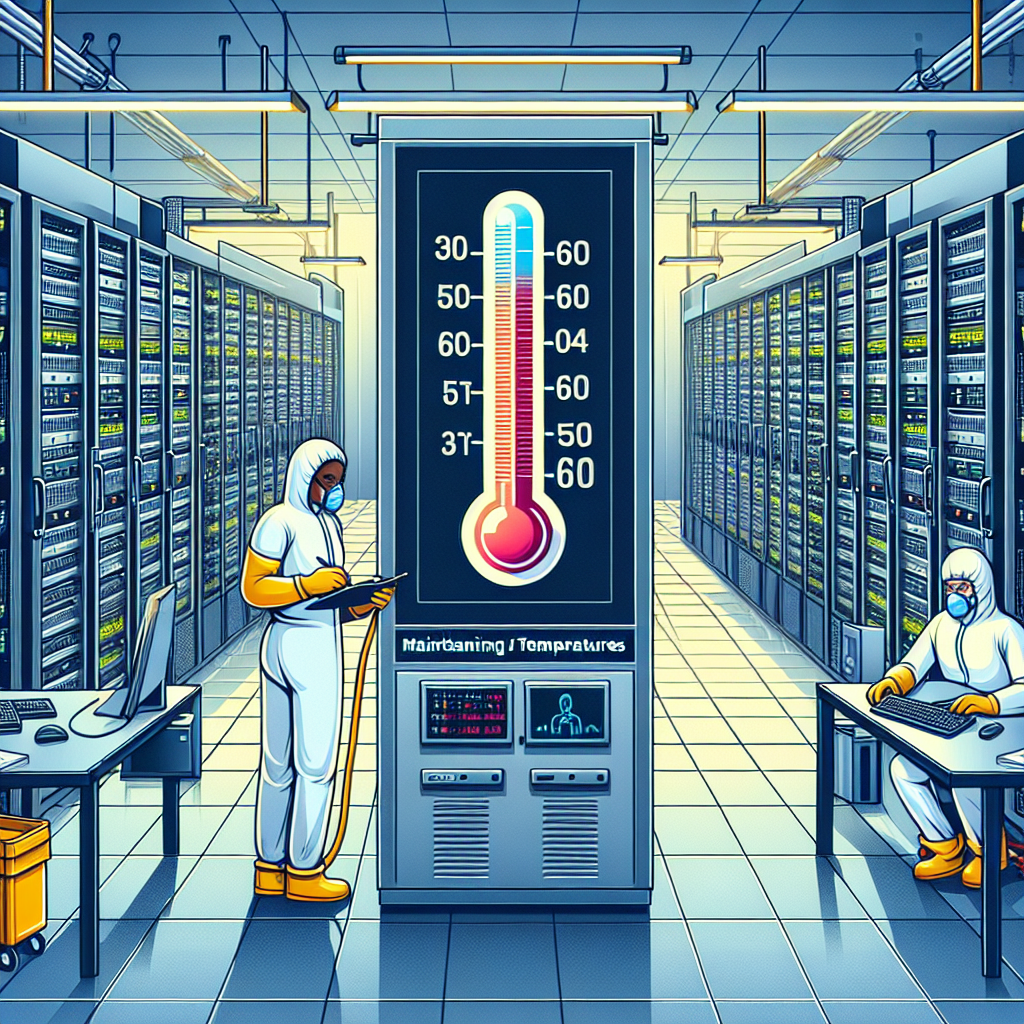Your cart is currently empty!
Best Practices for Maintaining Ideal Temperature in Data Centers

Data centers are the backbone of modern businesses, housing the servers and equipment that store and process critical information. Maintaining the ideal temperature in these facilities is crucial for ensuring optimal performance and preventing costly downtime. Here are some best practices for keeping data centers at the right temperature:
1. Implement a Hot Aisle/Cold Aisle Layout: This design separates the hot air exhaust from the cold air intake, creating a more efficient cooling system. By arranging server racks in alternating rows with cold air intake facing one direction and hot air exhaust facing the other, you can reduce hot spots and improve airflow.
2. Use Containment Systems: Adding physical barriers such as curtains, doors, or panels to contain hot air within server racks can prevent it from mixing with cold air and causing temperature fluctuations. This helps maintain a consistent temperature throughout the data center.
3. Monitor Temperature and Humidity Levels: Installing sensors and monitoring systems to track temperature and humidity levels in real-time can help you identify and address any issues before they escalate. Set thresholds for acceptable ranges and receive alerts if conditions deviate from the optimal range.
4. Optimize Cooling Systems: Regular maintenance and upgrades to cooling systems, such as air conditioning units or precision cooling units, can improve efficiency and ensure they are operating at peak performance. Consider implementing energy-efficient solutions like variable speed fans or economizer systems to reduce energy consumption.
5. Manage Airflow: Properly managing airflow within the data center can help distribute cool air more effectively and remove hot air efficiently. Make sure server racks are spaced out to allow for proper airflow and avoid blocking vents or obstructing air circulation.
6. Seal Gaps and Leaks: Inspect the data center for any gaps, leaks, or openings that could allow cold air to escape or hot air to enter. Seal these areas to prevent air leakage and maintain the desired temperature within the facility.
7. Consider External Factors: Factors such as outside temperature, humidity, and building insulation can also impact the temperature within the data center. Take these external factors into account when designing and managing the cooling system to ensure optimal performance.
By implementing these best practices for maintaining the ideal temperature in data centers, businesses can minimize the risk of equipment failure, improve energy efficiency, and ensure the reliability of their critical IT infrastructure. Prioritizing temperature control is essential for the smooth operation of data centers and the overall success of the organization.

Leave a Reply